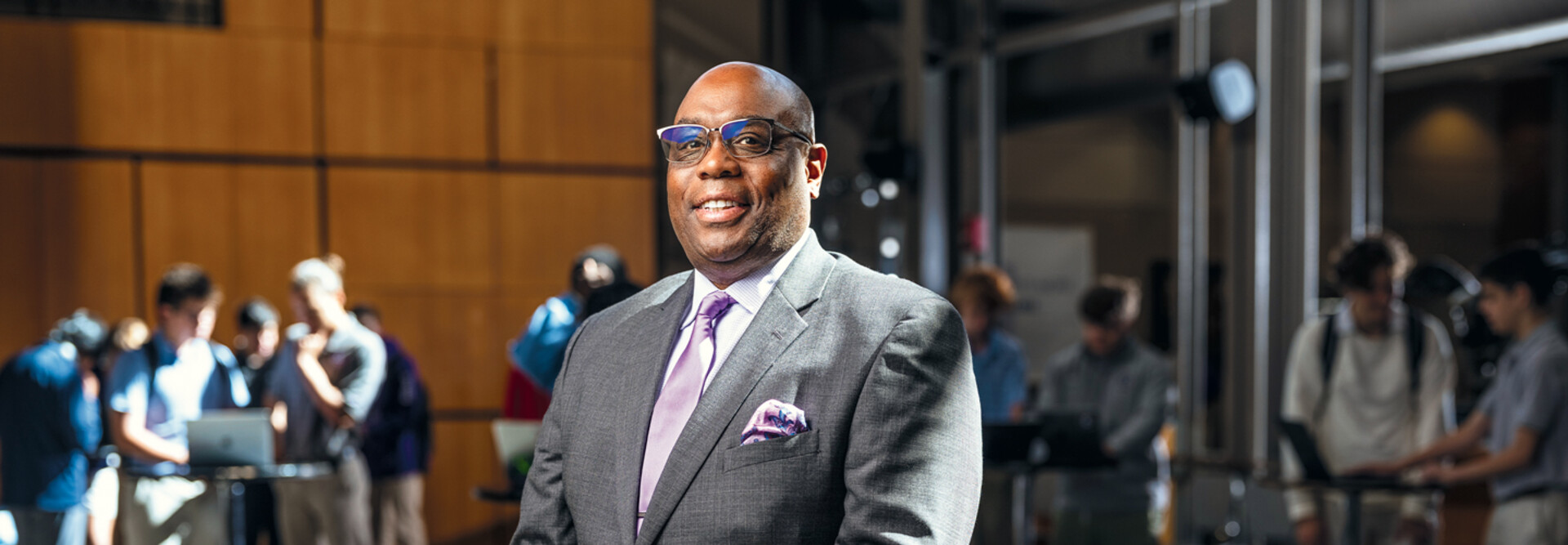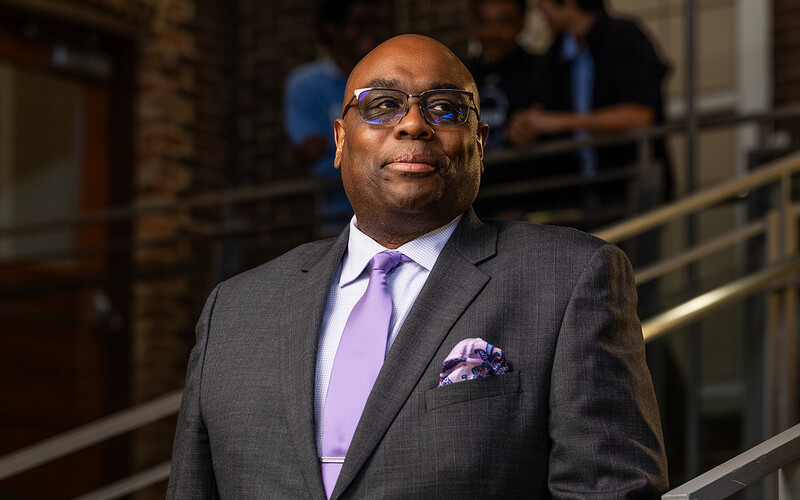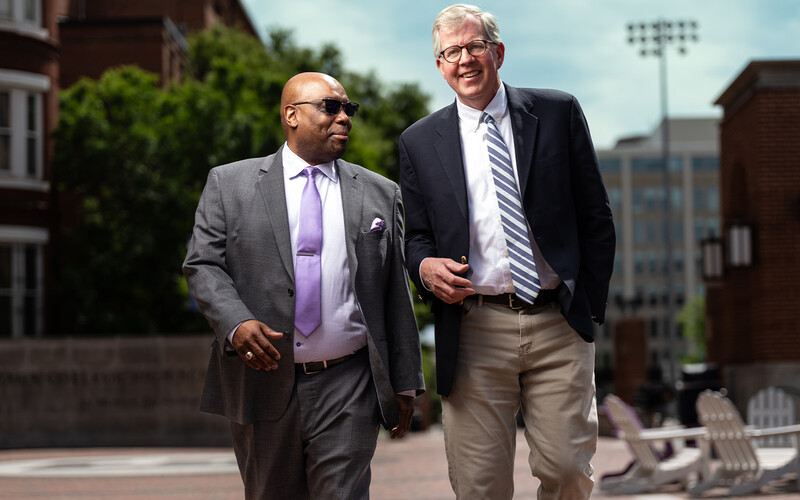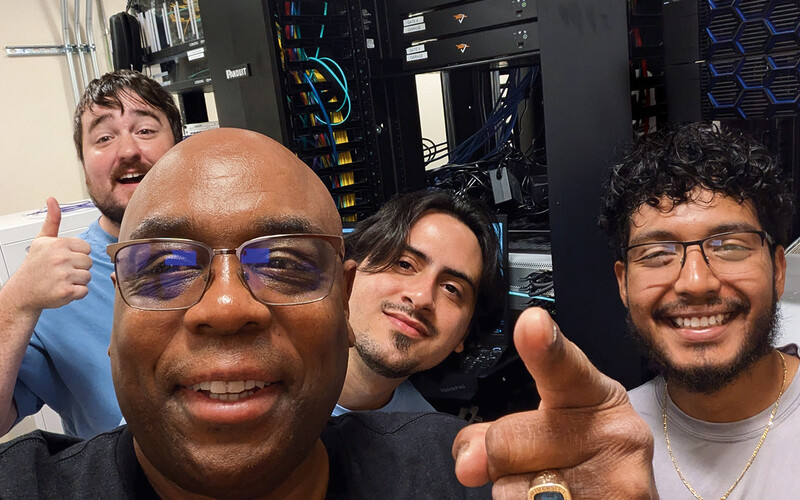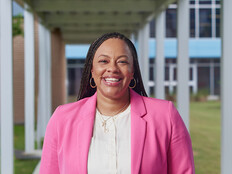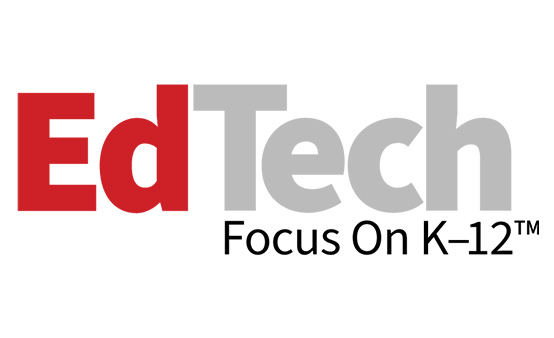Independent Schools Face Unique Challenges With Strong Motivation
Private, charter and independent schools face unique challenges when it comes to networking upgrades. They also have powerful reasons for ensuring their equipment is current.
The need for 24/7 uptime complicates the logistics of an equipment rollout.
“They could be boarding schools, they could have a residential program component, they could have faculty housing, and they have to maintain connectivity year-round,” says Ashley Cross, senior director of education and content for the Association of Technology Leaders in Independent Schools.
“In recent years, it’s become increasingly important to diversify revenue streams through camps and summer programs,” she says. “Summer used to be a time when it was very easy to do major infrastructure updates, and now it’s essential to the school’s revenue that we have these auxiliary programs that are running all the time.”
As a result, “there really is no convenient time to do this,” she says.
Add to this the complex nature of private-school facilities — older buildings with thick walls, unique architecture, sprawling campuses — and upgrades may start to look daunting. But network modernization is imperative.
RELATED: Infrastructure upgrades allow schools to improve clock, bell and phone technologies.
“As schools continue to adopt more connected devices, upgrading to Wi-Fi 6 is a valuable consideration,” Cross says. “It handles high-density environments better, and it’s becoming more necessary to suit the needs of modern-day education.”
Wi-Fi 6 “can handle more connections simultaneously,” she says, “and the increased capacity helps reduce network congestion, especially in high-density environments.”
There are security benefits, too, with the Wi-Fi Protected Access 3 security protocol. “WPA3’s encryption is more secure, and that’s going to reduce the risk of cyberthreats and unauthorized access,” Cross says.
Those who have made the leap say it is well worth the effort.
Gonzaga College High School Upgrades Network Infrastructure
Gonzaga’s Morton knew a Wi-Fi upgrade would be challenging.
“It’s hard to do a campuswide Wi-Fi rollout when the entire campus is using the Wi-Fi to learn during the school year,” he says. “And we do an extensive summer school here as well, so we had a very tight window to replace 105 wireless access points across our campus.”
The pandemic depleted the funding and attention that would have normally gone toward technology refreshes, but the project still had to get done.
Morton initially planned for an upgrade in summer 2025, “but the issues we were having with the previous infrastructure — the lack of performance and reliability — pushed the upgrade up in the schedule,” he says.
In 2024, his team moved to deploy the latest Cisco Meraki APs.
“We went with Meraki because I had previous experience with it at a former school, and it was very reliable,” he says. “Most important is the support. When you get on the phone, they answer, and they’re there to help you.”



